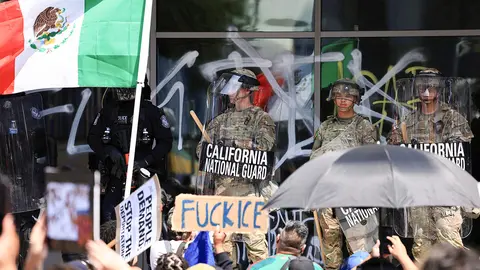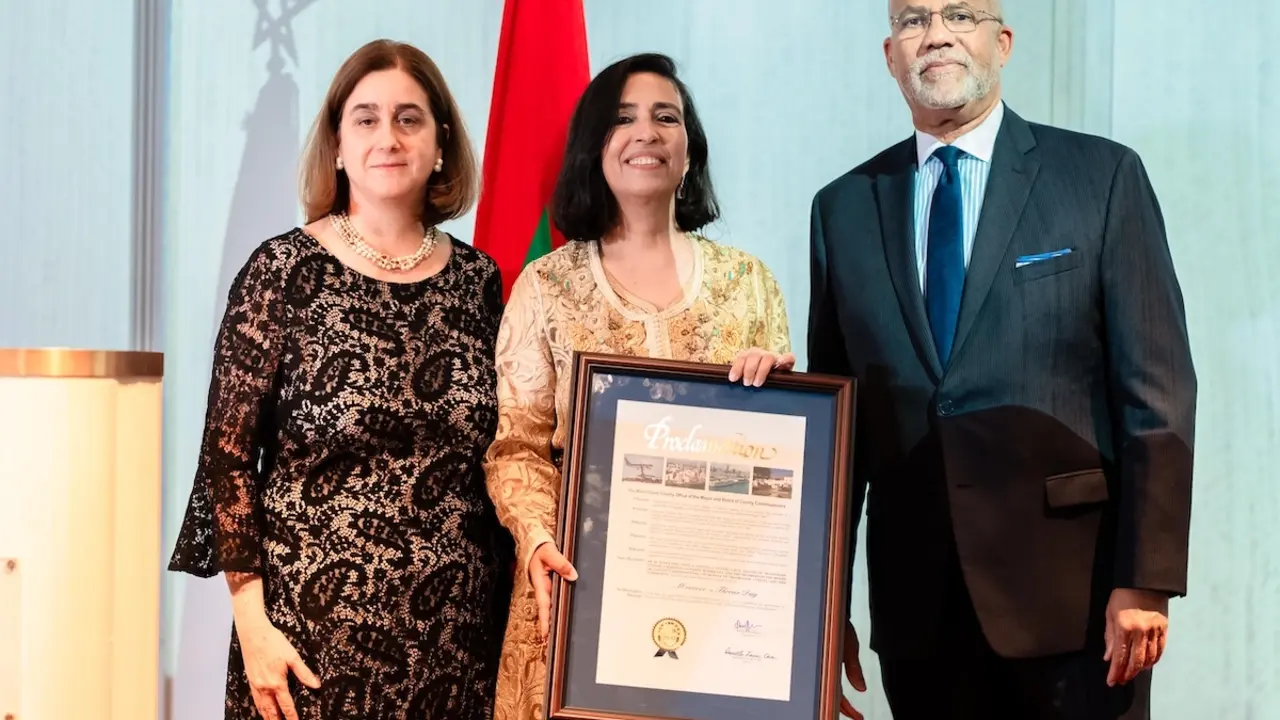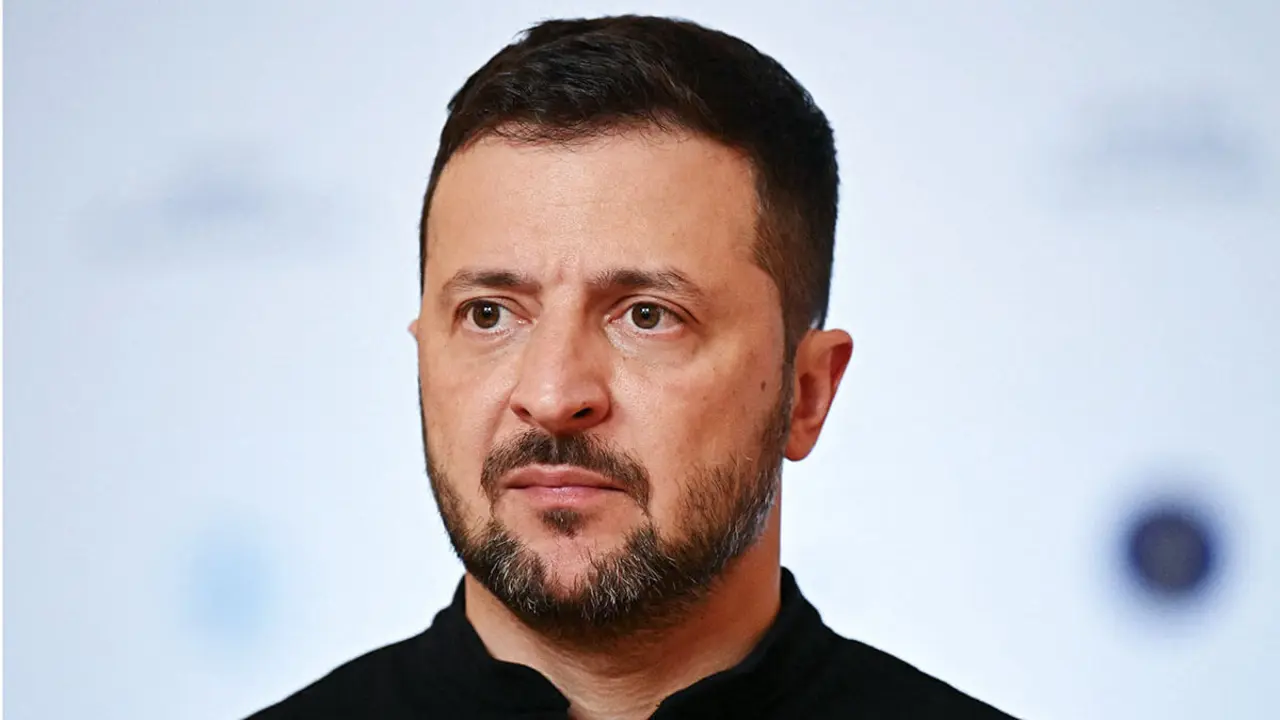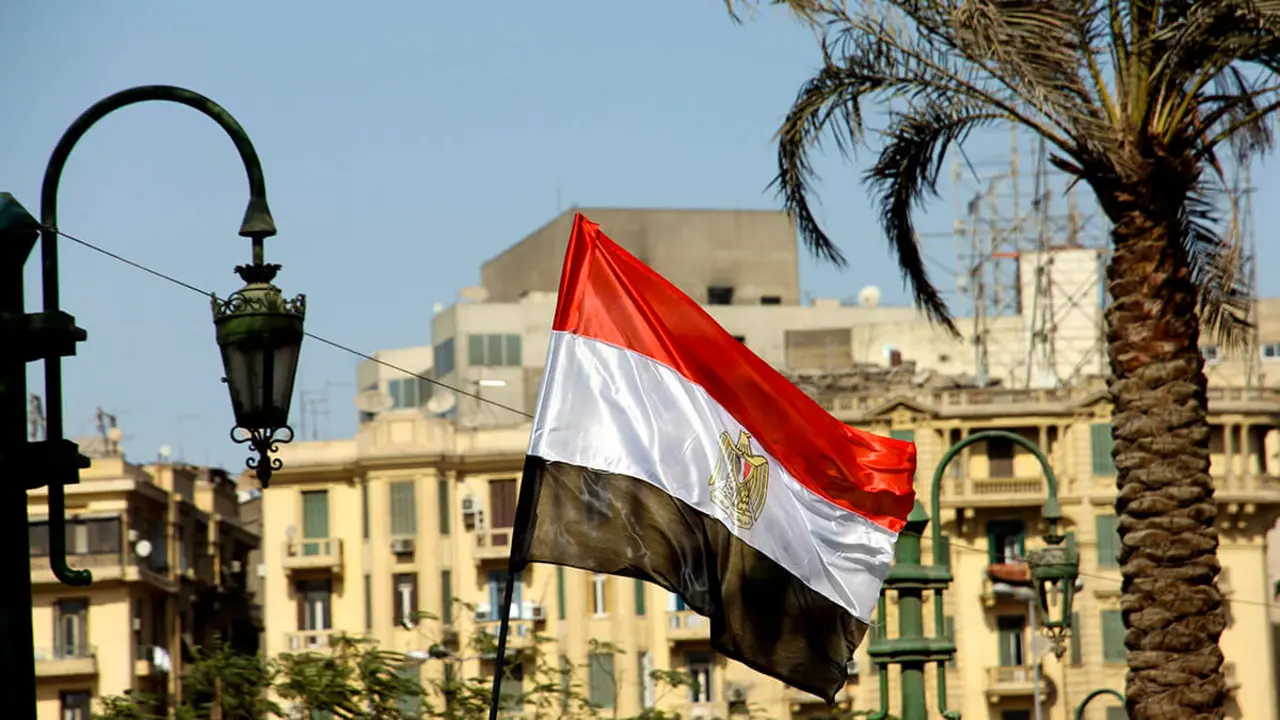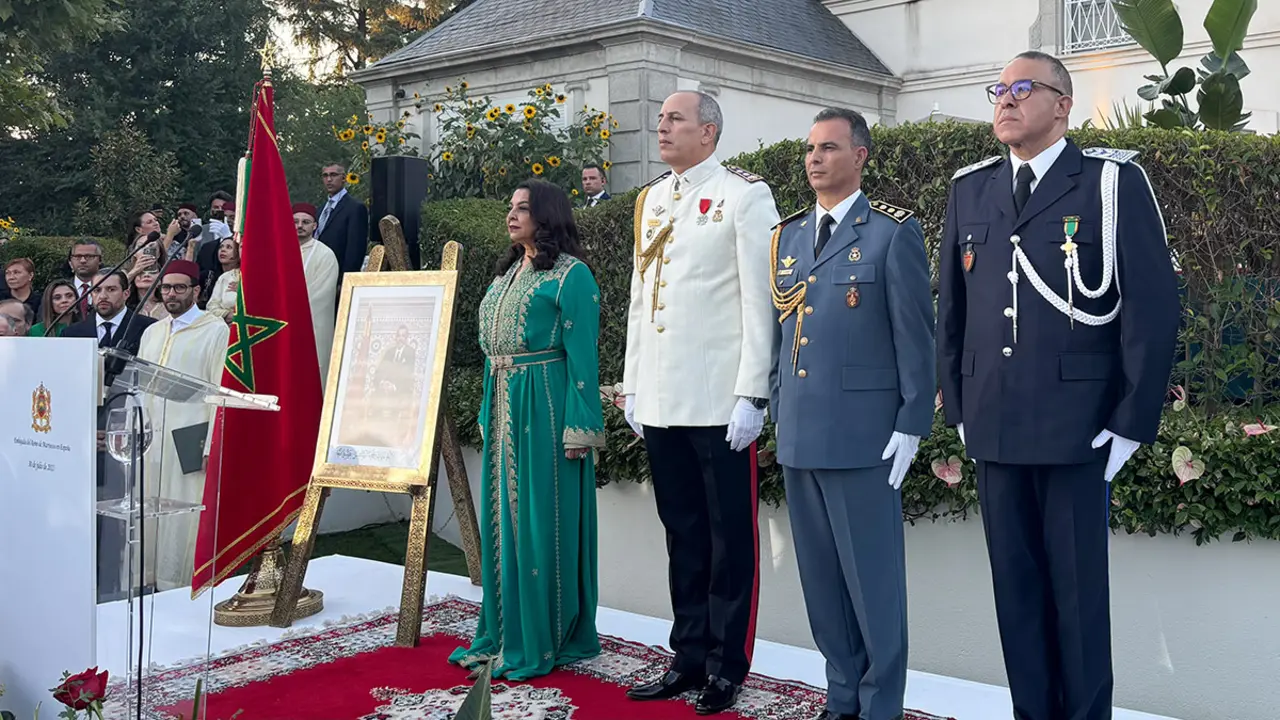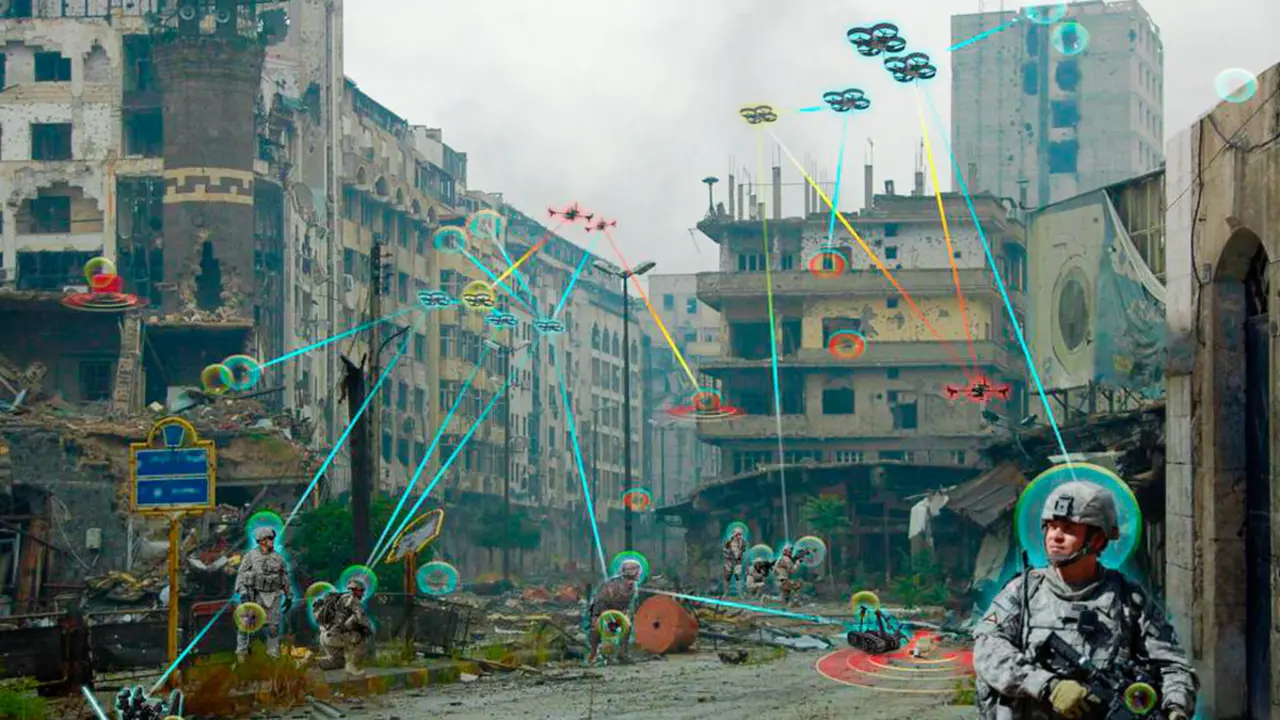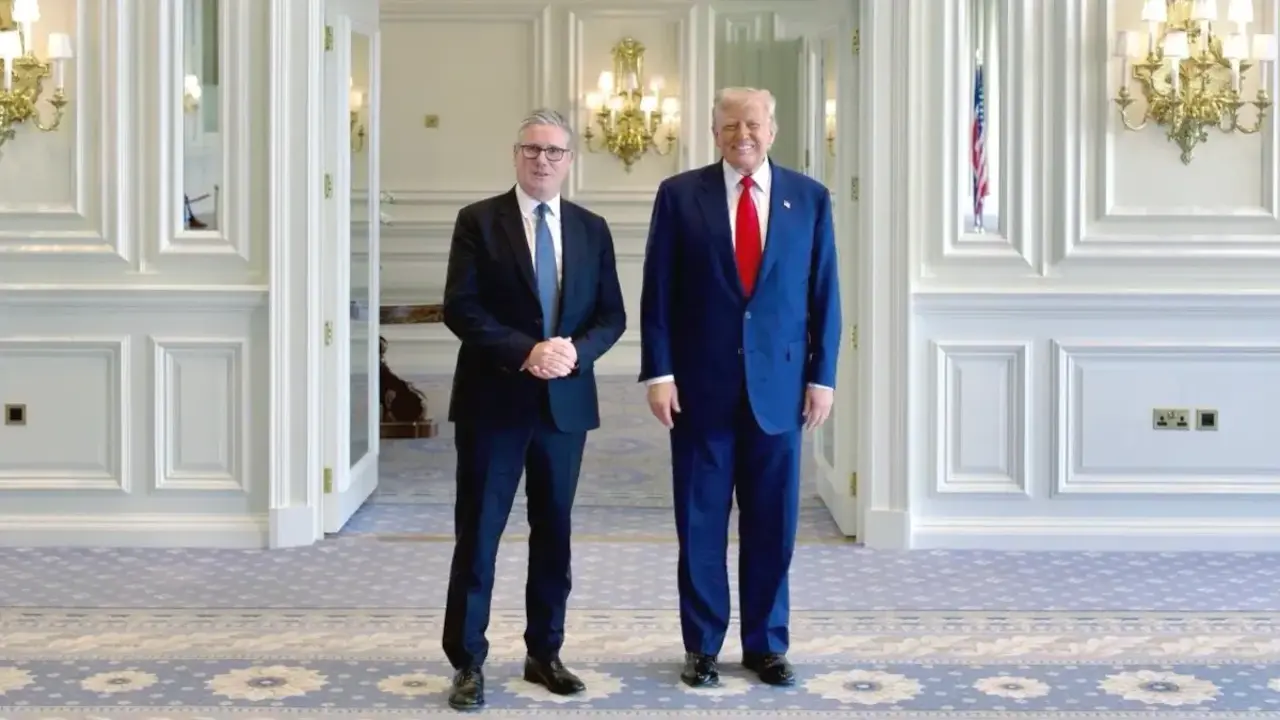Trump calls Los Angeles protests a ‘foreign invasion’ and deploys thousands of troops

US President Donald Trump has described the recent riots in Los Angeles as a ‘foreign invasion’ and ordered a massive deployment of troops, without the consent of state or local authorities, to contain the protests triggered by a series of immigration raids.
The militarisation of the country's second largest city has caused tensions between the White House and the state of California and raised concerns about the use of the armed forces within the United States.
‘We will not allow an American city to be invaded and occupied by foreign enemies,’ said Trump, who accused the protesters of carrying out ‘a comprehensive attack on peace, law and order, and national sovereignty, waving foreign flags as part of an invasion.’
Donald Trump, without consulting with California’s law enforcement leaders, commandeered 2,000 of our state’s National Guard members to deploy on our streets.
— Gavin Newsom (@GavinNewsom) June 11, 2025
Illegally, and for no reason.
This brazen abuse of power by a sitting President inflamed a combustible situation… pic.twitter.com/Xy8JHMq3cV
Hours earlier, the Department of Defense announced that the president had ordered the deployment of 2,000 additional National Guard troops to Los Angeles. According to Pentagon spokesman Sean Parnell, these troops were mobilised to support Immigration and Customs Enforcement (ICE) operations and allow law enforcement to carry out their duties ‘safely.’
This contingent is joined by 500 Marines sent from Camp Pendleton, south of Los Angeles, with the mission of protecting federal buildings and officials. In total, more than 4,000 National Guard members and 700 Marines have been activated by direct order of the president, despite objections from California Governor Gavin Newsom and several municipal leaders. This federal action comes without formally invoking the Insurrection Act of 1807, which would constitutionally allow military forces to be deployed without state approval.
The protests began on Friday after a series of immigration raids that resulted in the arrest of hundreds of immigrants, mostly Latin Americans, including many workers detained at their places of employment. In the days that followed, demonstrations spread throughout downtown Los Angeles, with thousands of people protesting peacefully in front of City Hall and federal detention centres. However, there were also incidents of violence, including vehicle fires and clashes with police.
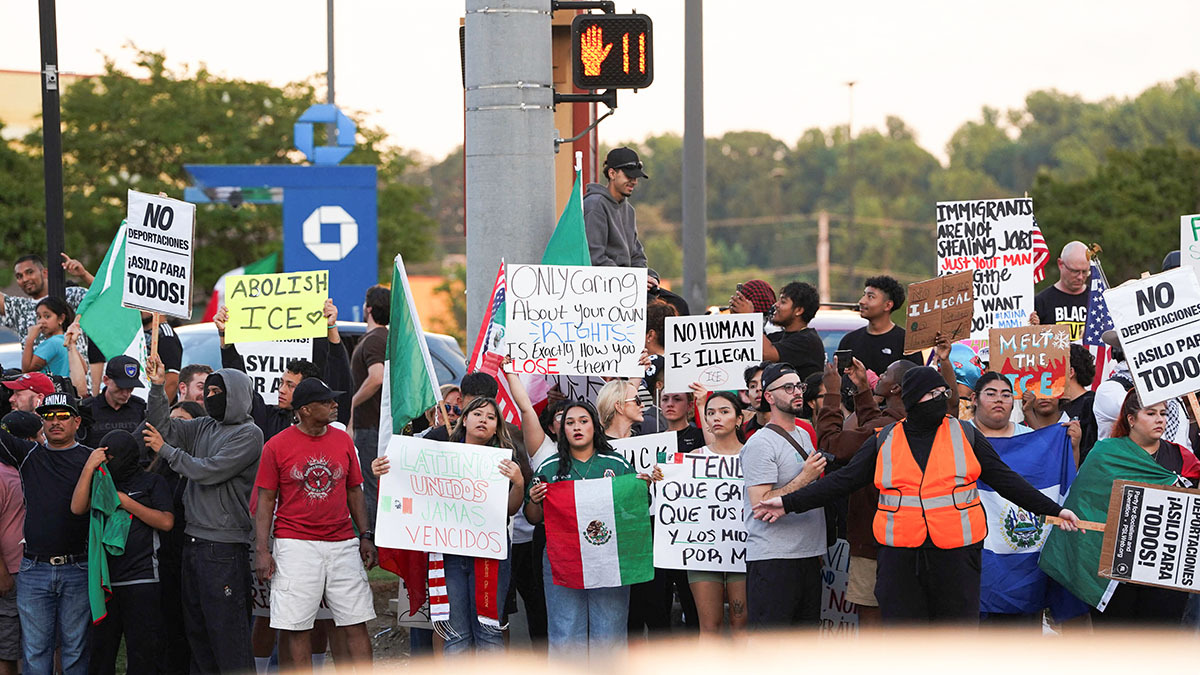
The response from local authorities has been forceful. A curfew was imposed in the city centre on Tuesday night, followed by mass arrests. The Los Angeles Police Department deployed mounted officers and used crowd control projectiles, such as tear gas, rubber bullets and stun grenades, to disperse the protests.
According to the police chief, at least 197 arrests were made that day, including 67 people for illegally blocking Highway 101, according to the AP. Most of the arrests were for disobeying orders to disperse, although charges of assault with a deadly weapon, vandalism, looting and attempted murder were also reported, in one case involving a Molotov cocktail. The riots also left seven officers injured, two of whom were hospitalised.
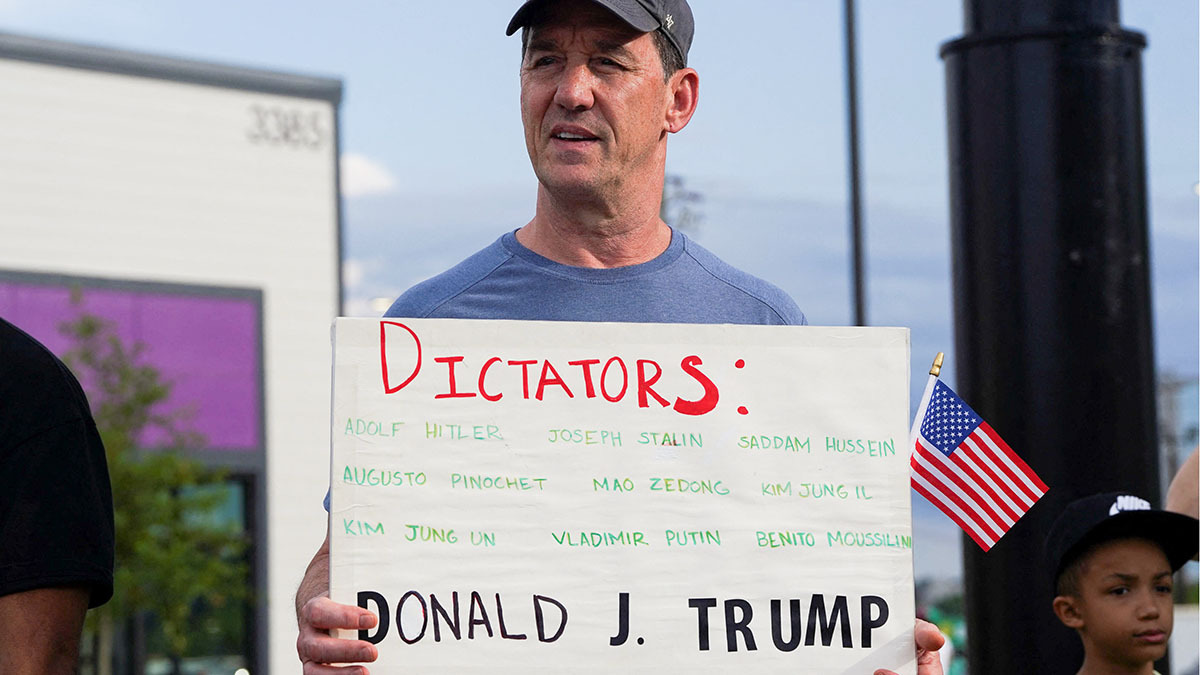
The protests have also spread to other cities such as Dallas, Austin, Chicago and New York, where thousands of people have gathered in solidarity with those detained in Los Angeles. Multiple arrests have been reported in all these cities, and in some cases the National Guard has also been deployed.
Defence Secretary Pete Hegseth suggested on Tuesday that the domestic deployment of troops could expand in the coming days, while the Pentagon confirmed that the current operation will cost 134 million dollars.
‘The president has crossed a dangerous line’
For his part, Democratic Governor Gavin Newsom has strongly condemned the militarisation of his state. He accused Trump of launching an unprecedented ‘military raid’ on an American city and said the unauthorised deployment of troops violates constitutional norms.
‘The president has crossed a dangerous line,’ Newsom said at a press conference, criticising what he called a federal strategy of confrontation to criminalise protest and delegitimise public discontent with the administration's immigration policies.
The confrontation between Trump and Newsom adds to the already tense relationship between the White House and Democratic states, which have repeatedly challenged the president's policies, especially on immigration and security issues.
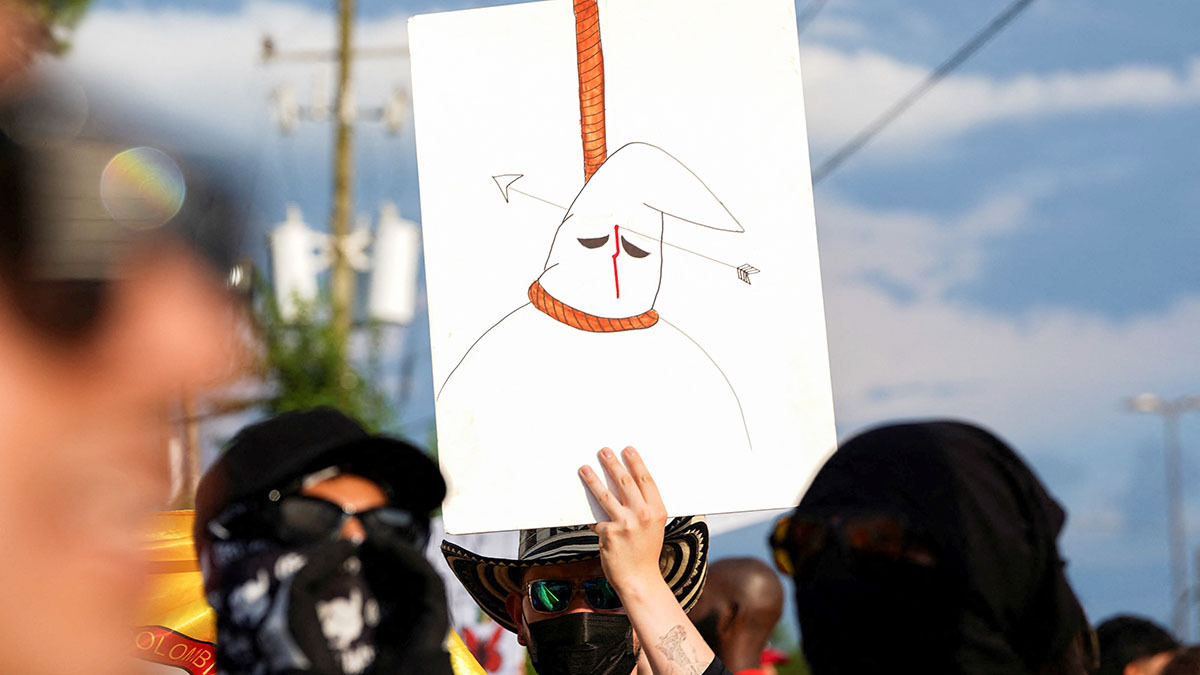
Parallel to the demonstrations, ICE immigration operations have continued in Los Angeles County. Community groups have documented raids in unusual places such as libraries, car washes and shops. In addition, several schools have stepped up security during graduation ceremonies amid fears of raids, and some have offered parents the option of attending via Zoom.
Amid this situation, Trump has not ruled out formally invoking the Insurrection Act, an extremely rare legal mechanism that allows the president to use the military within the country to quell riots. ‘If there is an insurrection, I would certainly invoke it. We'll see,’ he said from the Oval Office.

